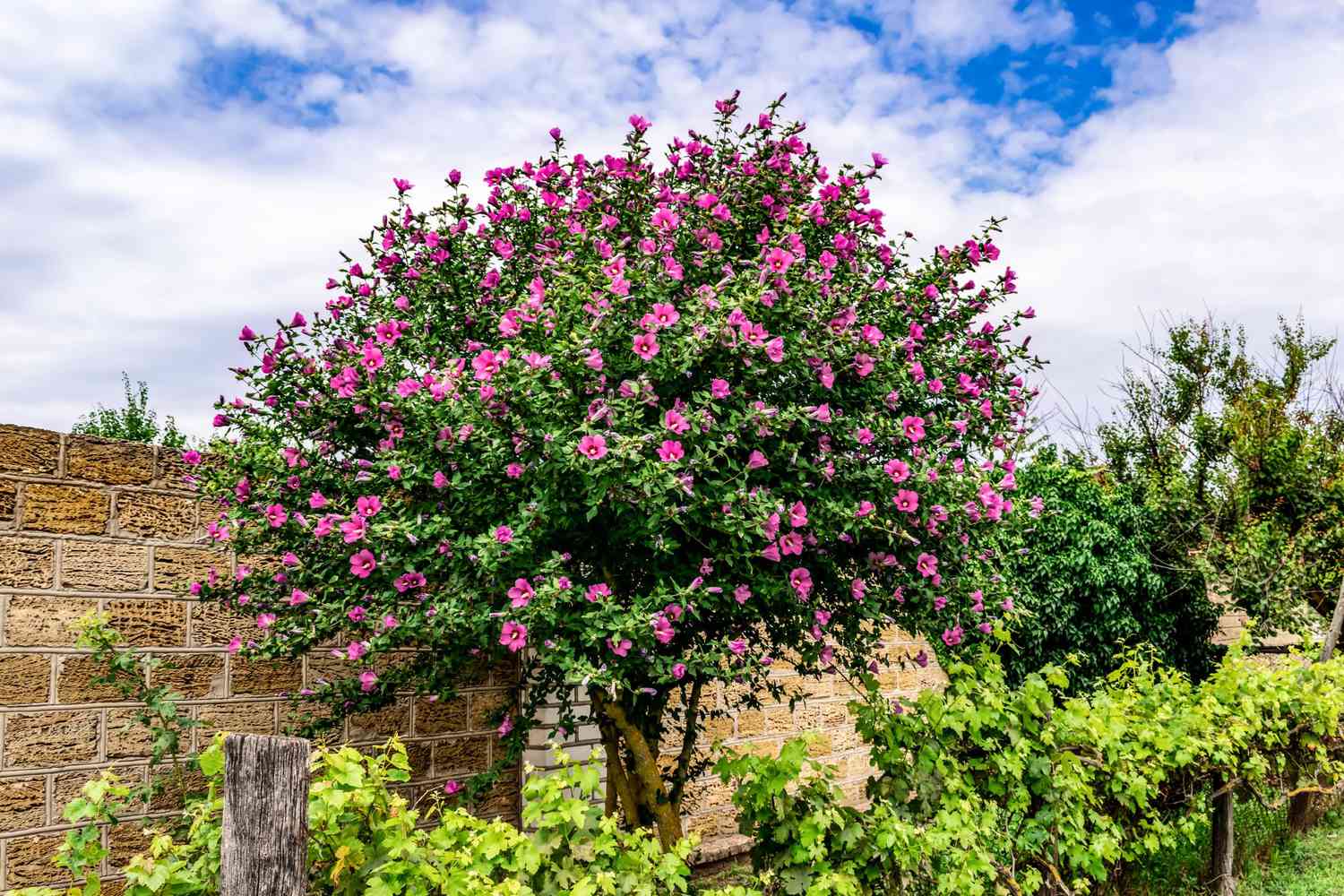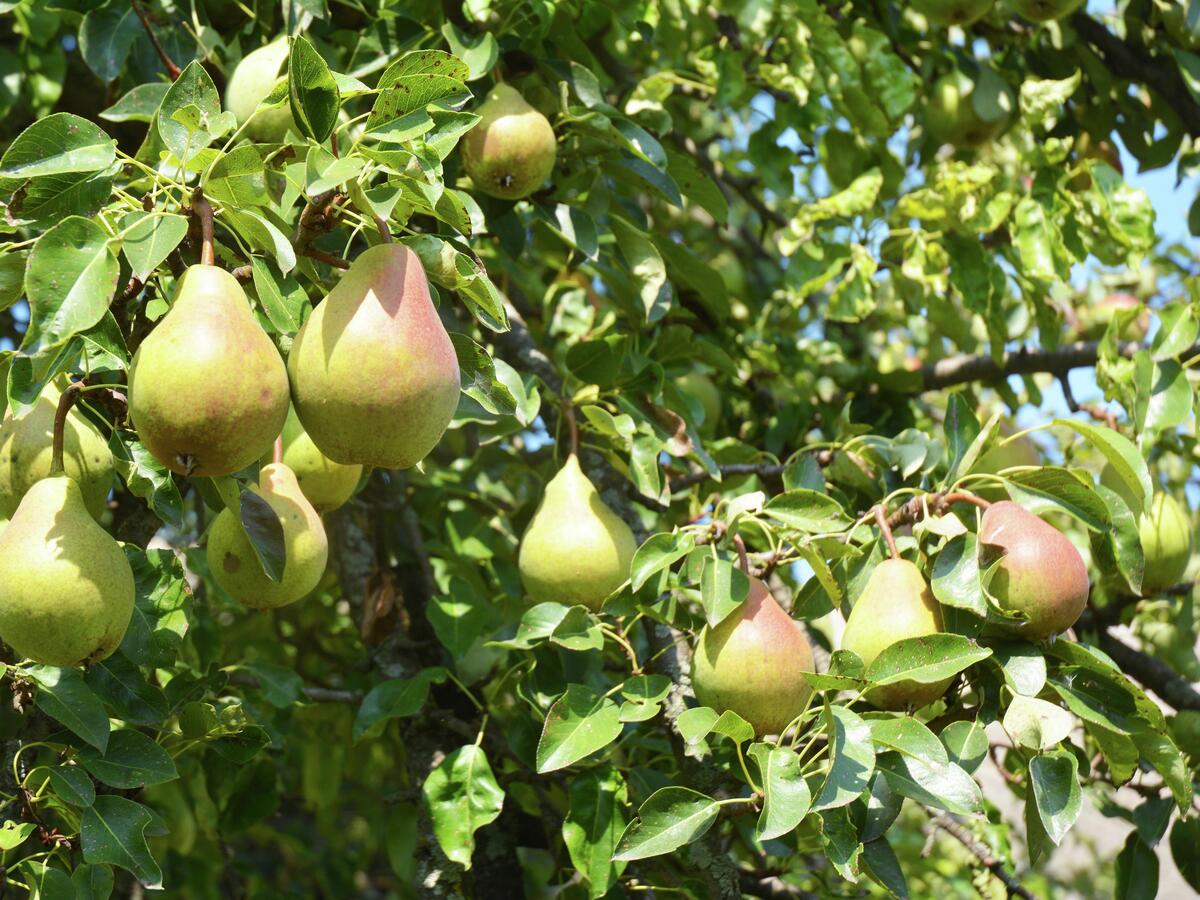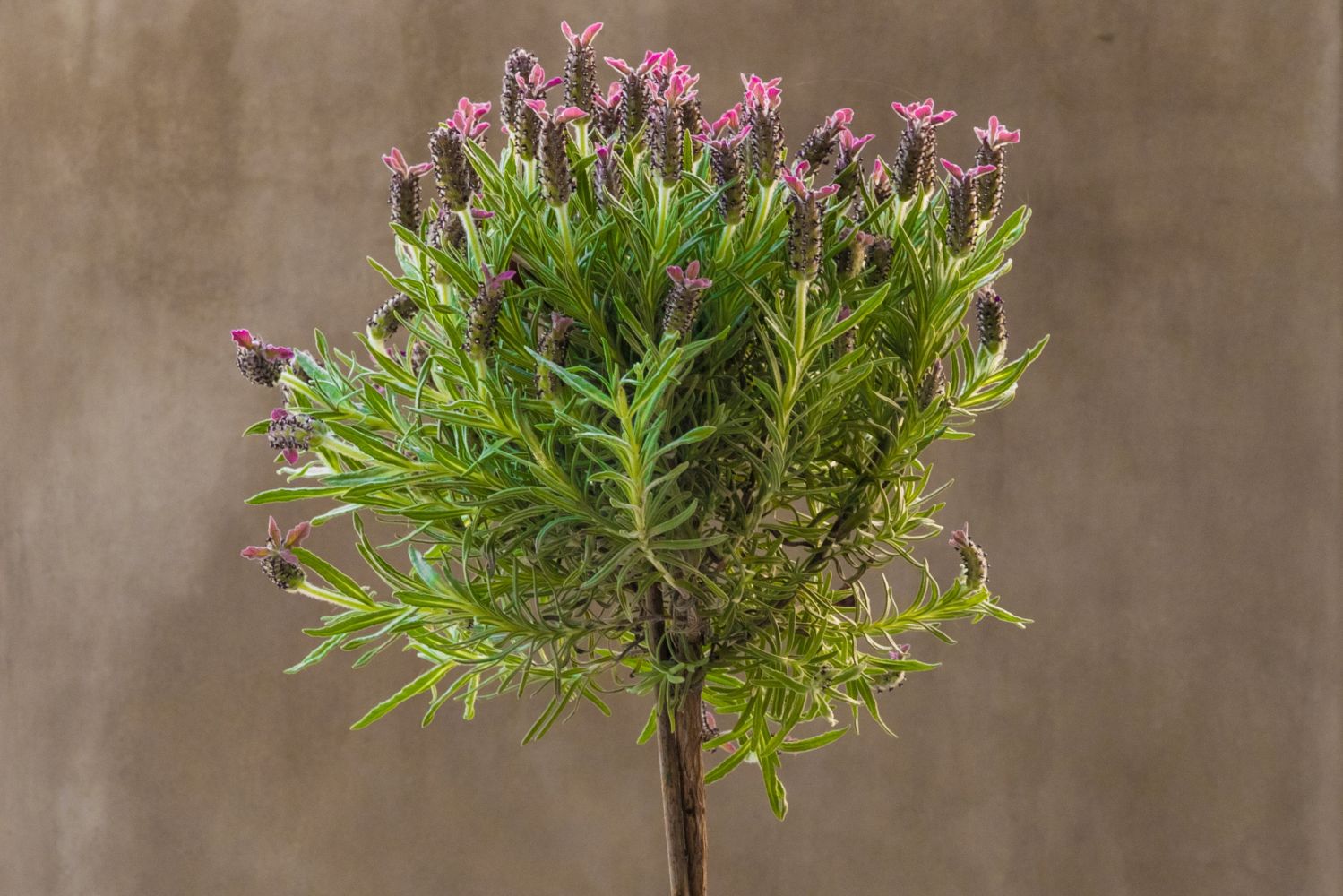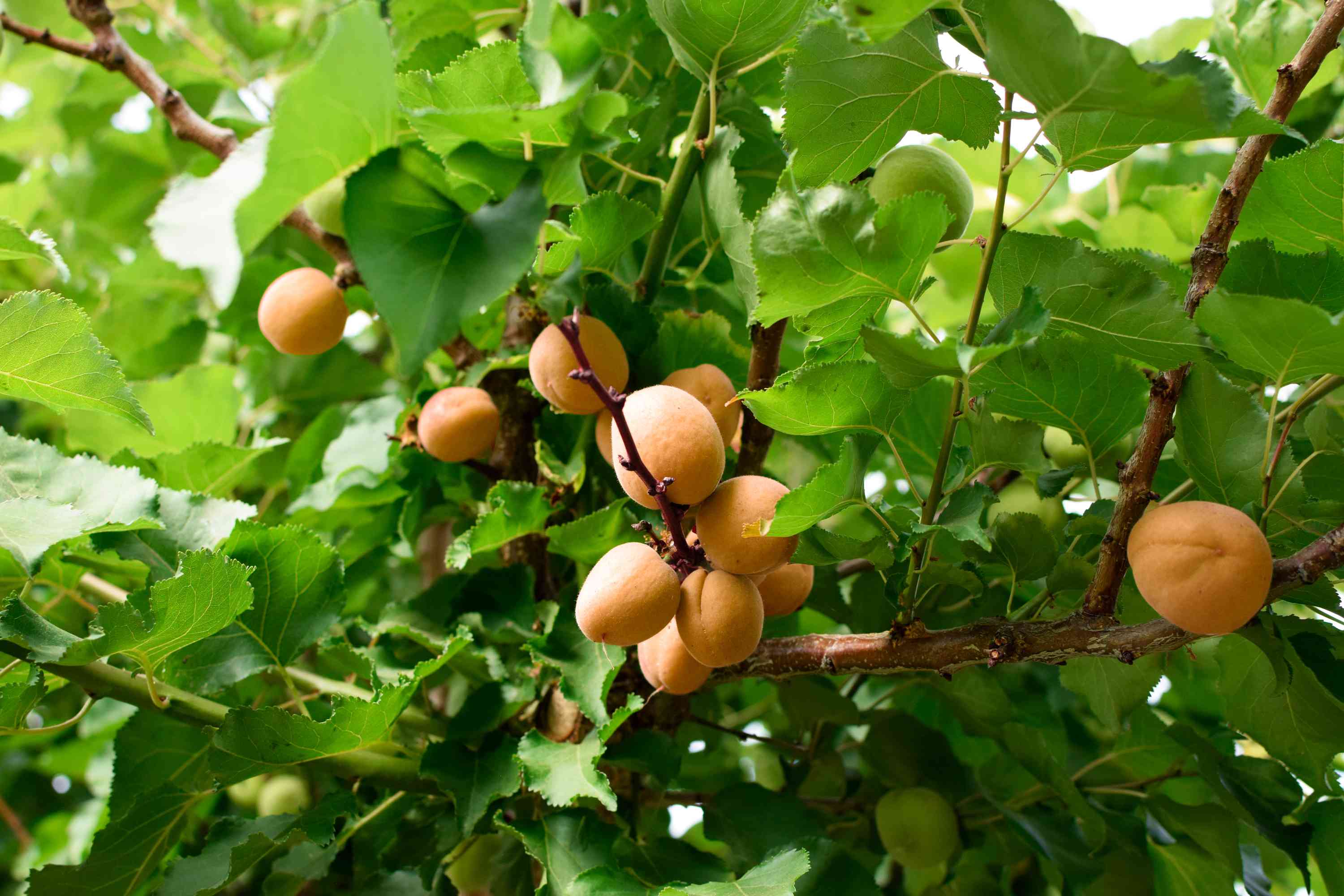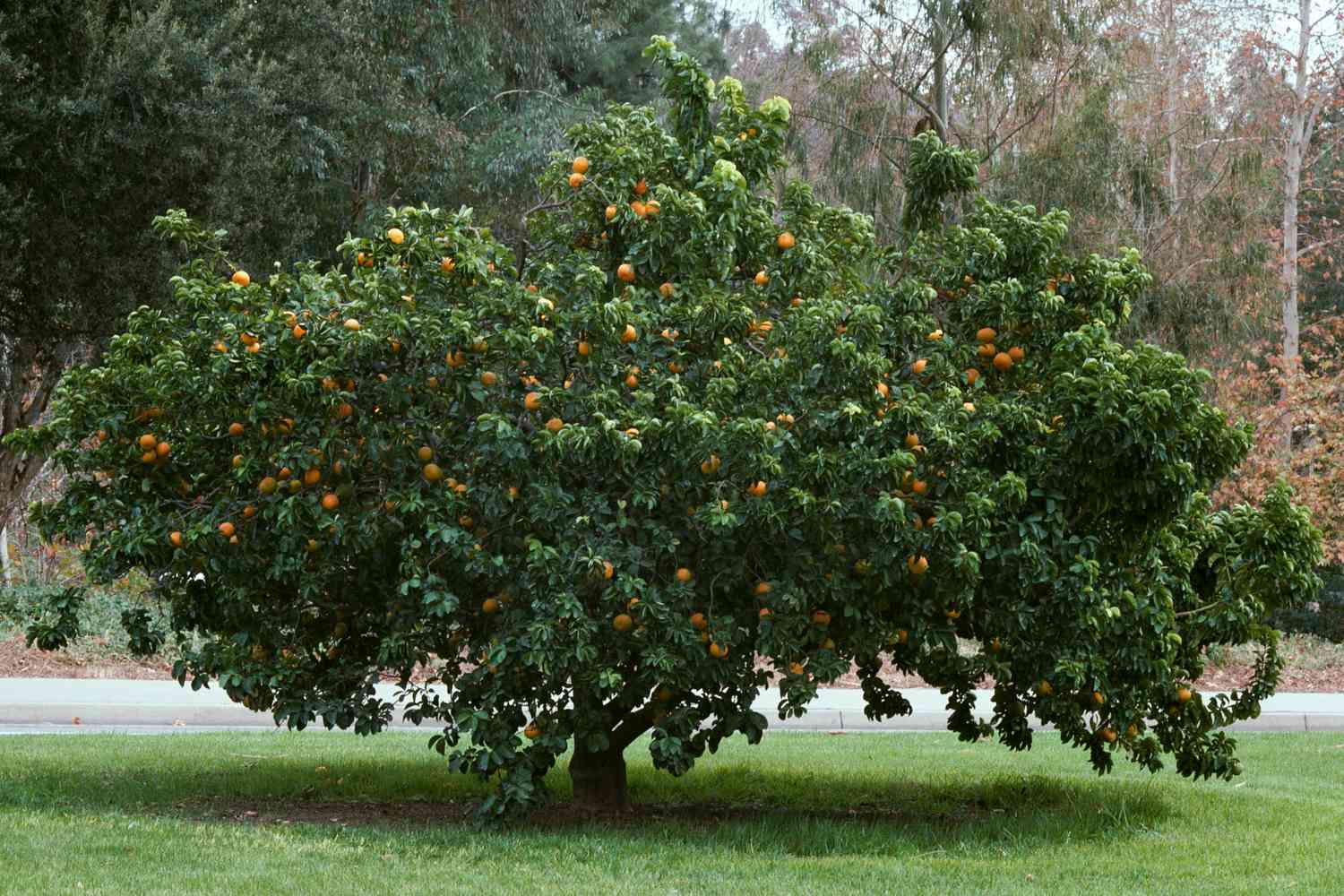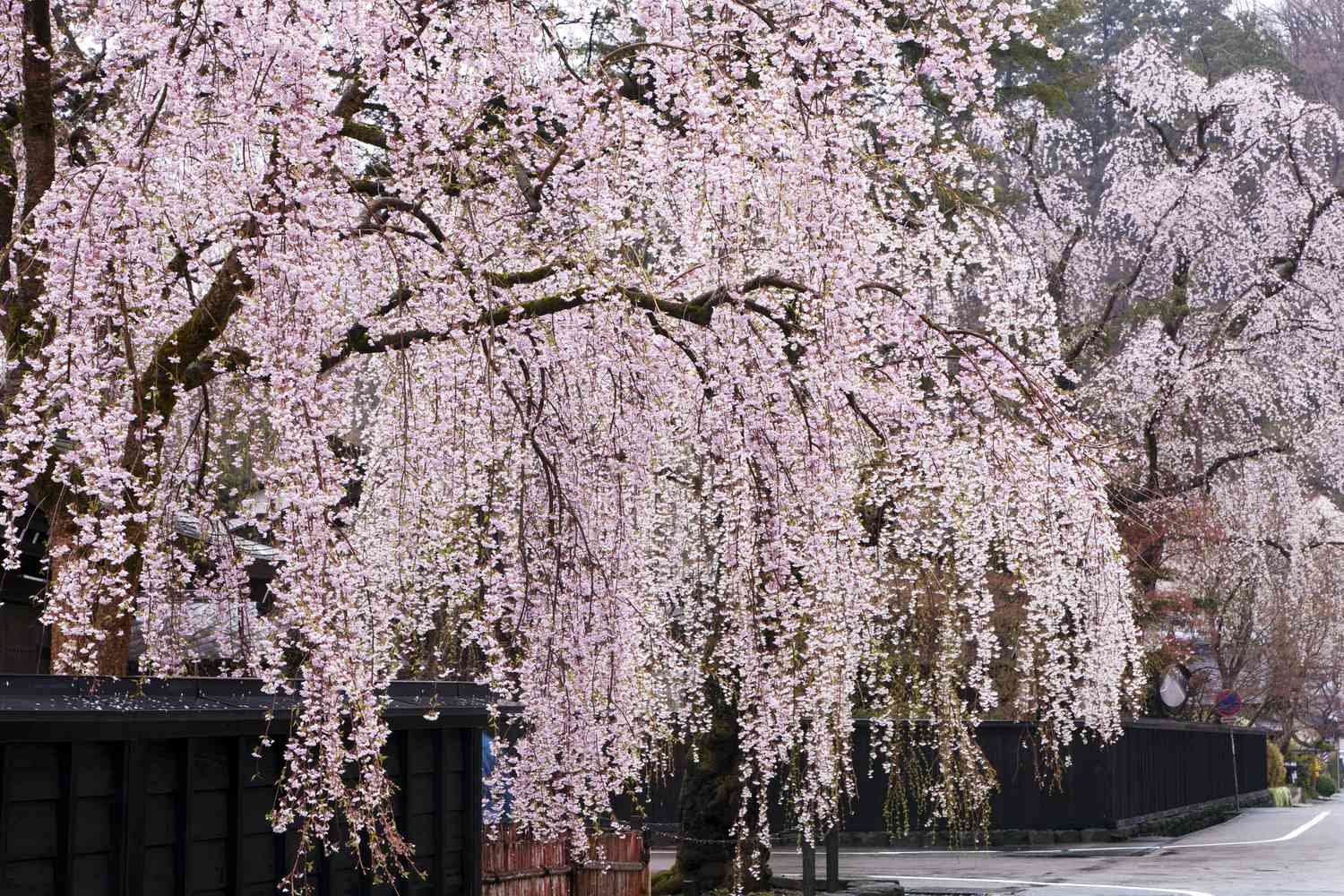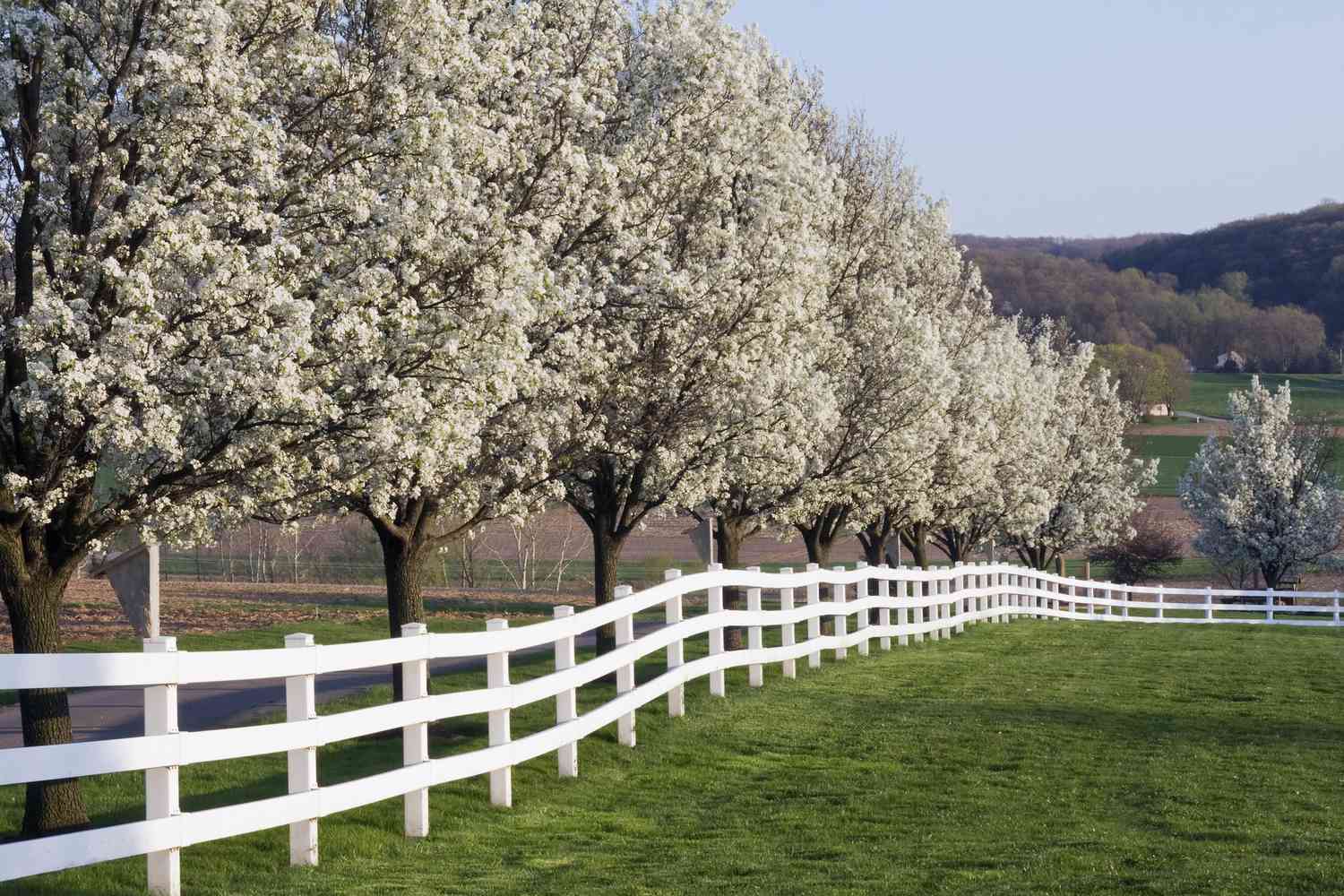Home>Gardening Techniques>Plant Care>How Big Do Dogwood Trees Get
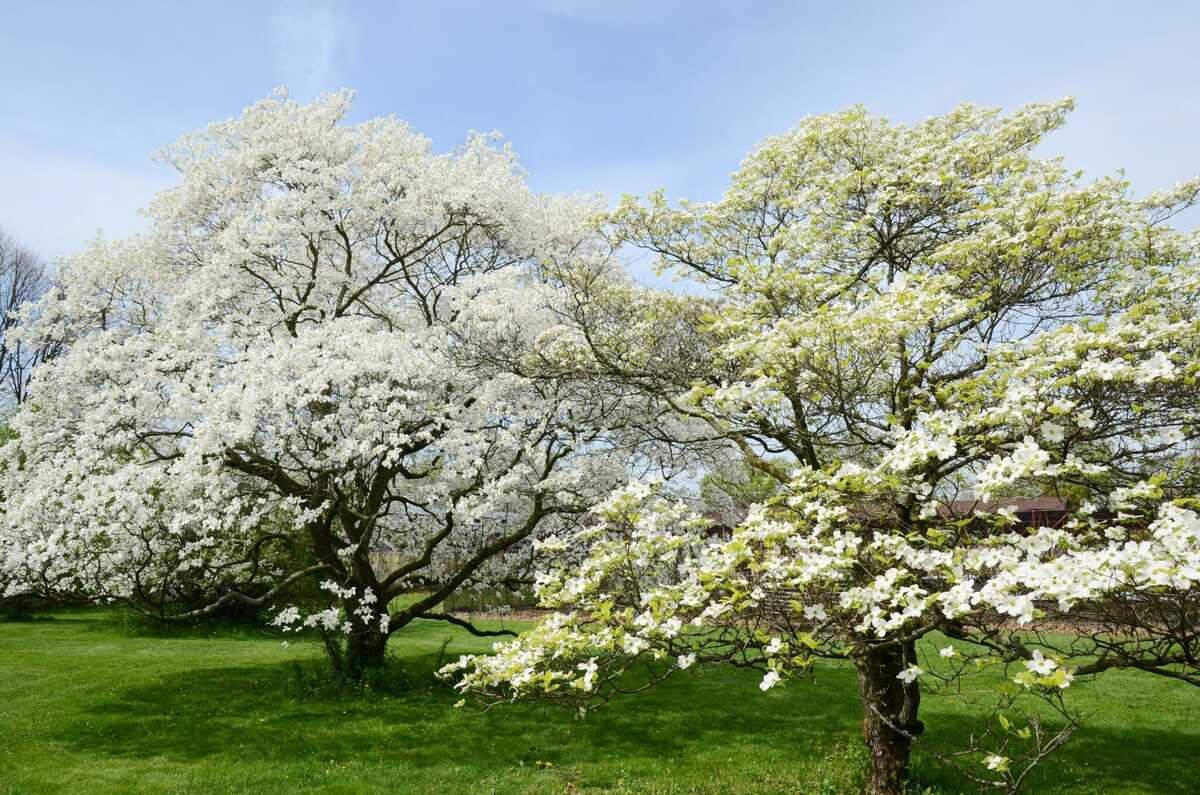

Plant Care
How Big Do Dogwood Trees Get
Modified: January 22, 2024
Learn about the plant care for dogwood trees and discover how big they can grow. Find useful tips and information for maintaining healthy and vibrant dogwood trees.
(Many of the links in this article redirect to a specific reviewed product. Your purchase of these products through affiliate links helps to generate commission for Chicagolandgardening.com, at no extra cost. Learn more)
Table of Contents
Introduction
Welcome to the fascinating world of dogwood trees! These beautiful and versatile plants are a popular choice among gardeners and landscaping enthusiasts. Whether you’re a beginner looking to add a touch of beauty to your backyard or an experienced gardener seeking to expand your knowledge, understanding the size and growth potential of dogwood trees is essential.
In this article, we will explore the factors that determine the size of dogwood trees, the average height and spread of different varieties, and provide valuable tips for pruning to control their size. By the end, you’ll have a comprehensive understanding of how big dogwood trees can get and how to manage their growth to fit your landscaping needs.
Known for their stunning and vibrant flowers, dogwood trees belong to the Cornus genus, which consists of various species and cultivars. These trees are commonly found in North America, Europe, and Asia, and have unique characteristics that make them stand out in any garden or landscape.
Aside from their aesthetic appeal, dogwood trees also offer numerous benefits to both humans and wildlife. They provide shelter, food, and nesting sites for various bird species and attract pollinators such as bees and butterflies. Additionally, their dense foliage provides shade and contributes to the overall beauty and biodiversity of the surrounding environment.
Now, let’s dive into the factors that influence the size of dogwood trees and discover the range of sizes you can expect for these remarkable plants.
Factors that Determine the Size of Dogwood Trees
The size of dogwood trees is influenced by various factors that contribute to their growth and overall development. Understanding these factors will help you anticipate how big your dogwood tree will become and enable you to make informed decisions when selecting and caring for these trees.
1. Species and Variety: Different species and varieties of dogwood trees have distinct growth habits and sizes. For example, the Cornus florida variety typically reaches a height of 15-30 feet with a spread of 20-25 feet, while the Cornus kousa variety can grow up to 25-30 feet tall with a spread of 20-25 feet. Research and choose the appropriate species or cultivar based on the available space in your garden and your desired tree size.
2. Genetics and Age: Like any living organism, the genetic makeup of a dogwood tree influences its growth potential. Some trees are naturally more compact and slower-growing, while others may have a more vigorous growth habit. Additionally, the age of the tree can affect its size. Younger trees tend to be smaller and take several years to reach their full growth potential.
3. Environmental Conditions: The environment in which a dogwood tree is grown plays a crucial role in its size. Factors such as the amount of sunlight, soil fertility, moisture levels, and temperature can all impact the growth rate and overall size of the tree. Dogwood trees thrive in well-drained soil that is rich in organic matter and prefer partial shade or filtered sunlight to prevent leaf scorching.
4. Pruning and Maintenance: Proper pruning techniques can help manage the size of dogwood trees. Regular pruning ensures that the tree maintains a balanced shape, removes any dead or diseased branches, and encourages new growth. Be cautious not to prune too aggressively, as excessive pruning can stress the tree and impact its overall health and size.
5. Competition and Spacing: Dogwood trees need adequate space to grow and reach their full potential. If planted too close together or in crowded conditions, they may have stunted growth and reduced size. Ensure that you provide enough spacing between trees to allow for proper air circulation and root development, giving each tree the room it needs to flourish.
By considering these factors, you can anticipate the size of your dogwood tree and take appropriate steps to provide the ideal growing conditions for its optimal development. Now, let’s move on to explore the average height and spread of different dogwood tree varieties.
Average Height and Spread of Dogwood Trees
Dogwood trees come in various species and cultivars, each with its own unique growth habit, height, and spread. Understanding the average size range of different dogwood tree varieties will help you plan and design your garden or landscape accordingly.
Here is a breakdown of the average height and spread of commonly grown dogwood tree varieties:
- Cornus florida: This variety, also known as the flowering dogwood, typically reaches a height of 15-30 feet with a spread of 20-25 feet. It produces beautiful clusters of showy flowers in shades of white, pink, or red, depending on the cultivar.
- Cornus kousa: This species, commonly referred to as the kousa dogwood, can grow taller than the Cornus florida, often reaching heights of 25-30 feet with a similar spread of 20-25 feet. It is known for its unique star-shaped flowers and attractive berry-like fruits.
- Cornus alternifolia: Also known as the pagoda dogwood, this variety has a more spreading growth habit. It usually grows to a height of 15-25 feet with a wider spread of 20-30 feet. The pagoda dogwood produces clusters of tiny white flowers in the spring and attractive blue-black fruits in the summer.
- Cornus capitata: The Himalayan or evergreen dogwood is a larger variety, with heights ranging from 30-50 feet and spreads ranging from 20-35 feet. It features fragrant, creamy-white flowers and edible strawberry-like fruits.
- Cornus mas: This species, known as the Cornelian cherry, is a small tree that typically grows to a height of 15-25 feet with a similar spread. It produces clusters of bright yellow flowers in early spring, followed by small reddish fruits that are popular among birds.
It’s important to note that these sizes are general averages, and individual specimens can vary depending on the conditions in which they are grown. Additionally, some cultivars and hybrids may have specific growth characteristics that differ from the species averages.
When planning your garden or landscape, consider the mature size of the dogwood tree varieties you choose, allowing ample space for them to grow and thrive without overcrowding other plants or structures. Proper spacing ensures that each tree receives sufficient sunlight, air circulation, and nutrients for optimal growth and health.
Now that you have an idea of the potential size of different dogwood tree varieties, let’s explore some tips for pruning dogwood trees to control their size and shape.
Varieties of Dogwood Trees and their Size
There are several varieties of dogwood trees available, each offering unique characteristics and size variations. Understanding the different varieties and their sizes will help you choose the right tree for your landscape and ensure its optimal growth and beauty.
1. Cornus florida: Also known as flowering dogwood, this variety is one of the most popular choices for gardens. It typically grows to a height of 15-30 feet with a spread of 20-25 feet. Flowering dogwoods produce stunning flowers in shades of white, pink, or red, and their canopy provides beautiful foliage during the summer months.
2. Cornus kousa: The kousa dogwood is native to East Asia and is known for its unique characteristics. It can grow slightly taller than the flowering dogwood, reaching heights of 20-30 feet with a similar spread. Kousa dogwoods have beautiful white or pink flowers and interesting bark patterns, making them a visually appealing addition to any landscape.
3. Cornus sericea: This variety, commonly called the red-osier dogwood or red-stem dogwood, is renowned for its vibrant red or yellow stems in the winter. It typically grows to a height of 6-12 feet with an equal spread. Red-osier dogwoods are known for their tolerance to wet soil and can be used to control erosion in landscapes.
4. Cornus alternifolia: Also known as the pagoda dogwood, this variety has an interesting tiered or layered growth habit. It usually reaches heights of 15-25 feet with a wider spread of 20-30 feet. Pagoda dogwoods produce clusters of beautiful white flowers in the spring and attractive blue-black fruits in the summer.
5. Cornus mas: The Cornelian cherry dogwood is a smaller variety that typically grows between 15-25 feet in height with a similar spread. It produces clusters of bright yellow flowers in early spring, providing a burst of color when most other plants are still dormant. The fruits of Cornelian cherry dogwoods are edible and popular among birds.
These are just a few examples of the dogwood tree varieties available. Each variety offers unique characteristics, including different sizes, flower colors, and growth patterns, allowing you to select the one that best suits your aesthetic preferences and landscaping needs.
When choosing a variety, consider not only its size but also its adaptability to your climate, soil conditions, and available space. This will ensure that the dogwood tree you select thrives in your landscape and provides years of beauty and enjoyment.
Now that you have an overview of the various dogwood tree varieties and their sizes, let’s explore some tips for pruning dogwood trees to control their size and shape.
Tips for Pruning Dogwood Trees to Control Size
Pruning dogwood trees is an essential practice for maintaining their size, shape, and overall health. With proper pruning techniques, you can control the growth of the tree and keep it at a manageable size. Here are some helpful tips to guide you:
1. Prune during the dormant season: The best time to prune dogwood trees is during their dormant season, which is typically in late winter or early spring before new growth begins. Pruning during this time minimizes stress on the tree and allows for better healing of any wounds.
2. Remove dead or damaged branches: Start by inspecting the tree for any dead, diseased, or broken branches. Removing these branches not only improves the overall appearance of the tree but also prevents the spread of diseases and improves its overall health and vigor.
3. Thin out crowded branches: Dogwood trees can sometimes develop dense growth, resulting in branches that cross or rub against each other. Selectively prune some of the crowded branches to improve air circulation and allow more sunlight to reach the inner parts of the tree. This will promote better overall growth and reduce the risk of diseases.
4. Control the height and spread: If you want to limit the size of your dogwood tree, selectively prune the branches that are growing too vigorously or becoming too long. Cut back branches to a healthy outward-facing bud or lateral branch. This will help maintain a balanced shape and prevent the tree from becoming too tall or wide.
5. Avoid aggressive pruning: While it may be tempting to remove a significant amount of the tree’s branches to control its size, it’s important to avoid aggressive or heavy pruning. Dogwood trees do not respond well to severe pruning, and excessive removal of branches can lead to stress, slow growth, and even decline in the tree’s health.
6. Regular maintenance pruning: It’s beneficial to incorporate regular maintenance pruning to keep your dogwood tree in good shape. This includes light pruning to remove any water sprouts or suckers that emerge from the base of the tree or along the trunk. Additionally, removing any small, weak branches that are competing for nutrients will promote better overall growth.
Remember to use clean and sharp pruning tools to make clean cuts and reduce the risk of introducing diseases to the tree. It’s also essential to sterilize your pruning tools between cuts, especially if you’re working on diseased branches, to prevent the spread of pathogens.
By following these pruning tips, you can effectively manage the size of your dogwood tree while promoting its health, appearance, and longevity.
Now that you’re equipped with pruning knowledge, let’s conclude our exploration of how to control the size of dogwood trees.
Conclusion
Dogwood trees are a beautiful addition to any garden or landscape, providing stunning flowers, vibrant foliage, and habitat for wildlife. Understanding the factors that determine their size, the average height and spread of different varieties, and how to prune them effectively can help you maintain their beauty and control their growth.
By considering factors such as species and variety, genetics and age, environmental conditions, and proper pruning techniques, you can manage the size of your dogwood trees to fit your desired landscape design. It’s important to choose the right variety for your available space and provide the ideal growing conditions to ensure optimal growth.
Knowing the average size range of different dogwood tree varieties allows you to plan and design your garden more effectively, ensuring that each tree has enough space to grow and flourish. Selective pruning techniques, performed during the dormant season, help maintain a balanced shape, remove dead or damaged branches, and control the overall size of the tree.
Remember, it’s important not to prune dogwood trees too aggressively, as they may not respond well to severe pruning. Avoiding overcrowding, providing proper spacing, and regular maintenance pruning all contribute to the overall health and appearance of your dogwood trees.
With these tips and techniques in mind, you can enjoy the beauty of dogwood trees in your landscape while keeping their size in check. Whether you’re looking for vibrant flowers, attractive fruits, or eye-catching bark patterns, there is a dogwood tree variety to suit every preference and garden style.
So go ahead, plant a dogwood tree and watch it grow, knowing that you have the knowledge and skills to maintain its size and ensure its long-term health. Embrace the beauty and versatility of dogwood trees and create a stunning garden that will be admired for years to come.
